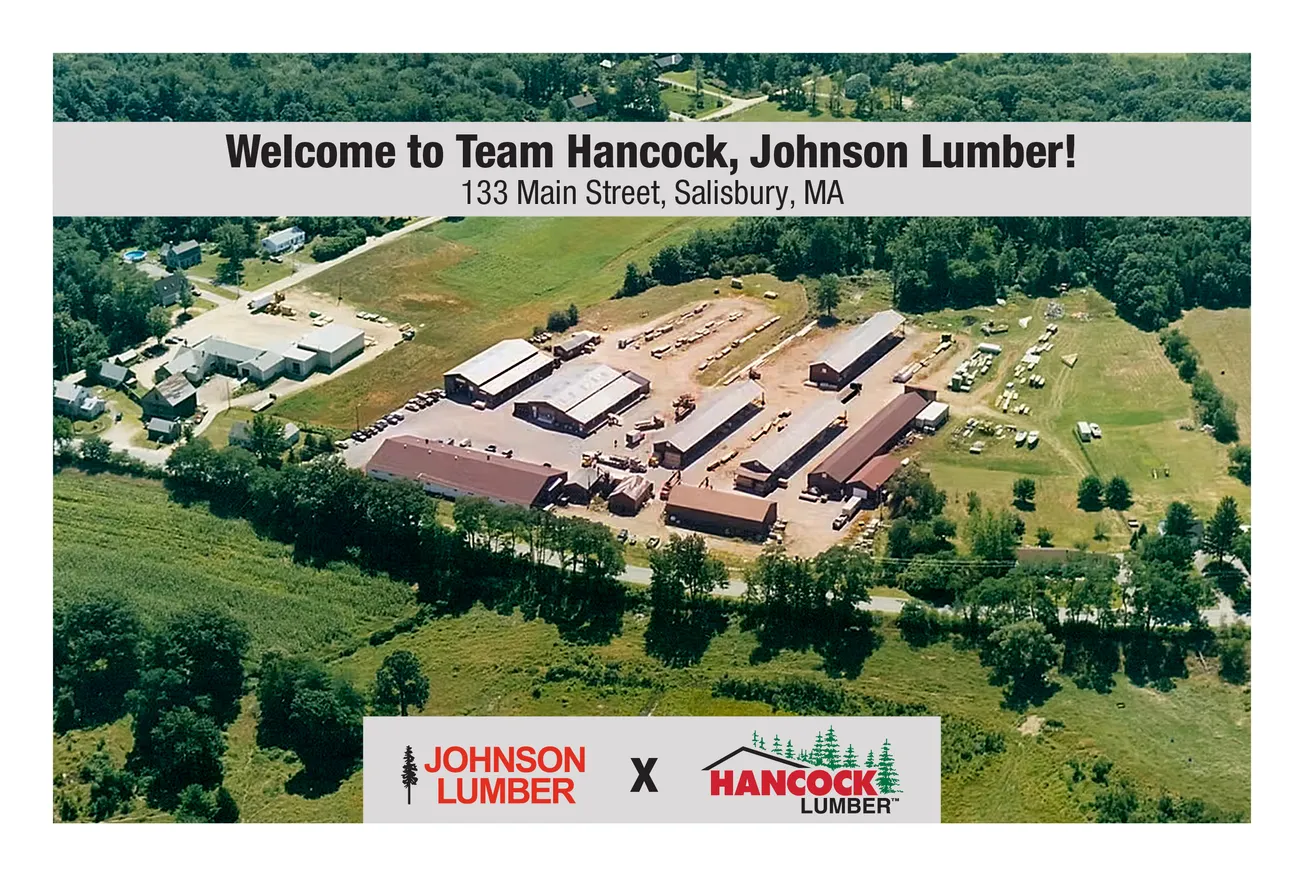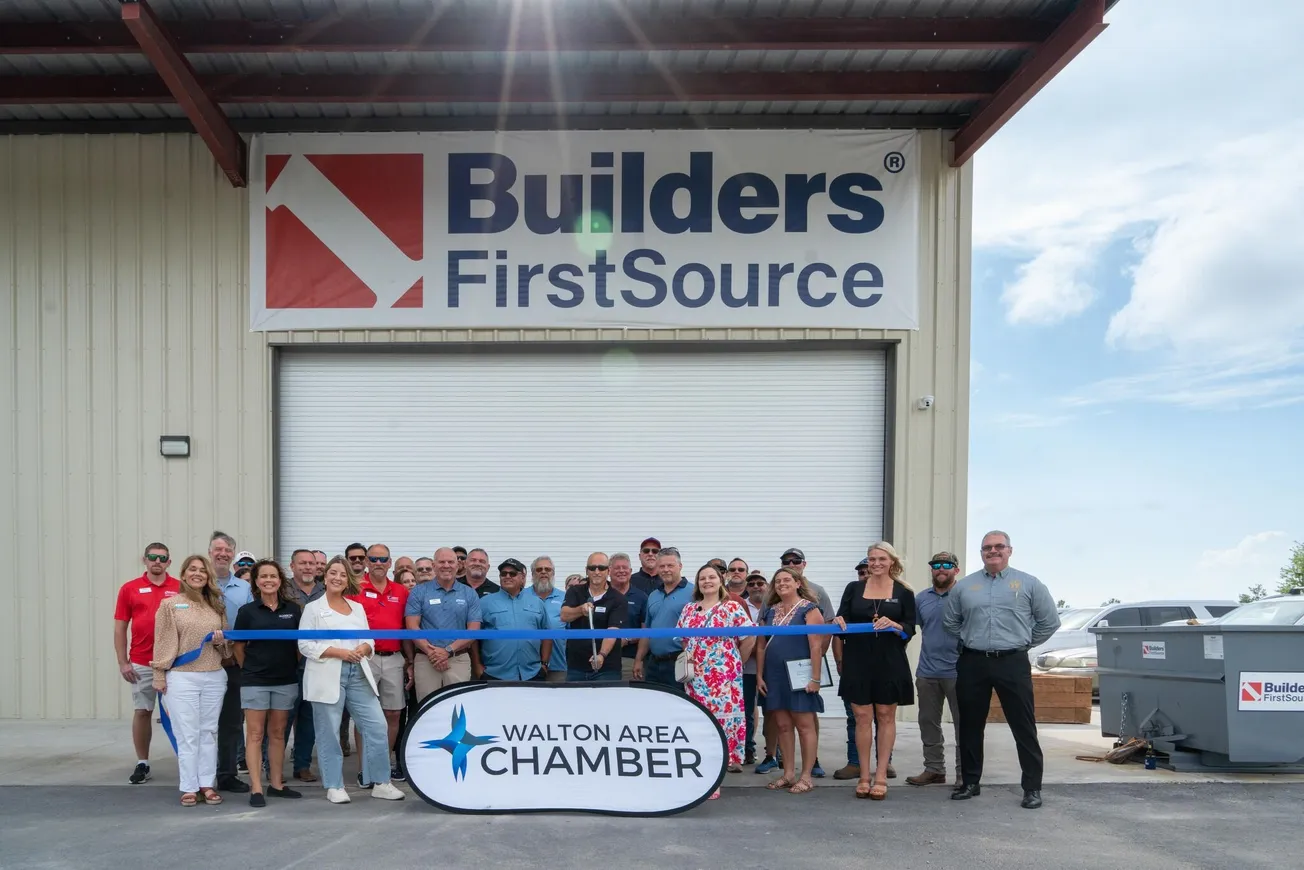Table of Contents
Bringing in new talent is serious business today, including for lumber companies. The goal isn’t just to make a hire but to bring in someone who’s right for the role, happy in the job, and in it for the long haul.
To get those results at DMSi, we dig past the glossy resume and impressive references to find out whether a candidate might be a good fit in our firm. And our method is proven if measured by a high retention rate and a satisfied and motivated workforce. Here’s how we do it:
The DMSi Way
Our process starts with OAD LLC’s character-trait survey. The questionnaire grades candidates on assertiveness, expressiveness, patience or pace, level of detail, emotional control, and creativity. The survey generates a five-page profile that offers greater insight into how a prospective employee might think or react under different scenarios. This helps us identify prospects who might be naturally suited for the available position.
The next step is an in-person interview. We may use the applicant’s character trait profile to guide the conversation to confirm the applicant matches up on paper and in real life. For example, we might ask them to recall a difficult decision he or she was forced to make and what was learned from it or to explain a situation where he or she struggled to complete a task because of a perfectionist attitude.
Candidates who have desirable profiles for the open slot, who line up with those profiles in person, and who appear to be a good fit for the DMSi culture advance to the next stage of the interview.
Those who advance will have a second in-person interview, this time with three to five additional company representatives. These may include someone currently working in the same position being filled, another manager, and another supervisor-level employee. The aim is to get independent feedback from these other participants about whether they (1) believe the candidate can understand the DMSi product and how we serve our customers, (2) sense the candidate can get along in our team environment and company culture, and (3) would feel comfortable putting the candidate in front of any customer.
A “no” response to any question generally disqualifies the prospect from consideration, while “yes” or “maybe” usually justifies a third interview. That final session is a face-to-face with our executive vice president, president or owner, who then provides input on the same three questions in order to finalize the hiring decision.
Why Lumber Should Care
This is DMSi’s process, and it works for us because of who we are and what we do. Our retention numbers bear out the success of our approach, which has produced solid outcomes for 20-plus years. Our tenure rate currently averages about 11 or 12 years, and we’ve grown roughly 20 to 25 employees over the past two to three years. We rarely lose employees, because we find the right ones from the start.
To get similar results, your company must craft a screening strategy specific to its particular needs. For instance, the OAD survey could certainly help fine-tune recruitment of Sales reps. A candidate with a good “patience” rating probably might flourish at inside sales, owing to a high level of patience when interacting with customers and handling orders day in and day out. Someone with a lower patience rating but who ranks higher on assertiveness or expressiveness might excel more in outside sales, thanks to a social, competitive and detailed-oriented nature.
While the OAD questionnaire is applicable across industries, there are many other options, including the Myers-Briggs test, four-quadrants test, 16Ph survey, DISC assessment, and the Caliper profile, to name a few. The key to achieving success with a screening approach is to, first, define what exactly it is you’re hiring for and what kind of person you want to fill that vacancy.
If you can identify what those traits are and what you’re trying to measure and what a successful employee will be, then you can identify the processes that are available or the personality tests that are out there or whatever other resources you might use in the hiring process to match those objectives.
The Bottom Line
The benefits of personality profiles and similar tools don’t end once you make a hire. Supervisors can use this data to be more effective managers of their different team members. It might tell them whether a monetary reward or another form of recognition is more valued by a worker for a job well done, for example, or reveal the best way a person learns—a quick study or someone needing a little more handholding.
Personality profiles also can inform decisions on the best person to put on an upcoming project. As a manager at a lumber firm preparing for a trade show, you probably don’t want to assign someone with a low expressive score—basically an introvert—to man your booth. Everything from hiring, training, onboarding, and more can be enhanced through investment in an approach like the one we have at DMSi.
To be sure, it is an investment. We subscribe to OAD’s services and pay each time a prospect completes the questionnaire. We also invest a significant amount of time in making our decision, and the drawn-out time frame does mean that a few good eggs have slipped through our hands. Nonetheless, the time, energy and money that goes into our process is more than worthwhile.
If you weigh the nominal cost of the OAD survey against the cost of months of training and wages lost when a hire walks out the door, it’s a no-brainer. It’s a small price to pay to identify competent prospects who can become happy, long-term members of your team.









